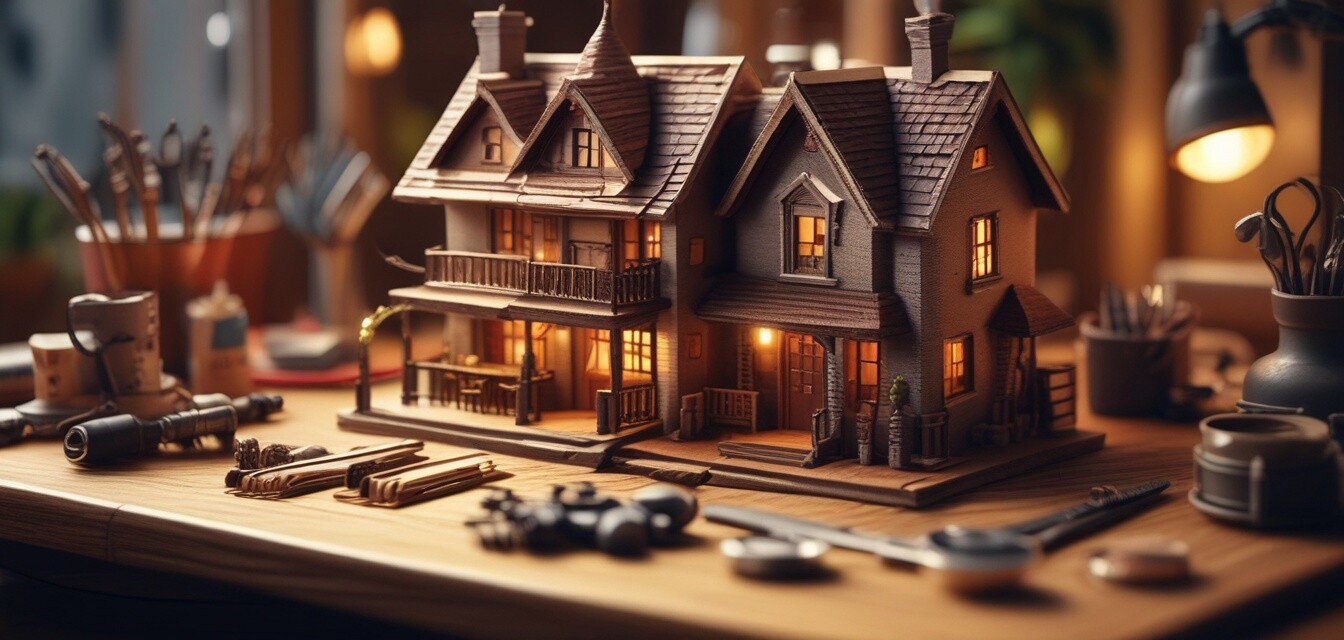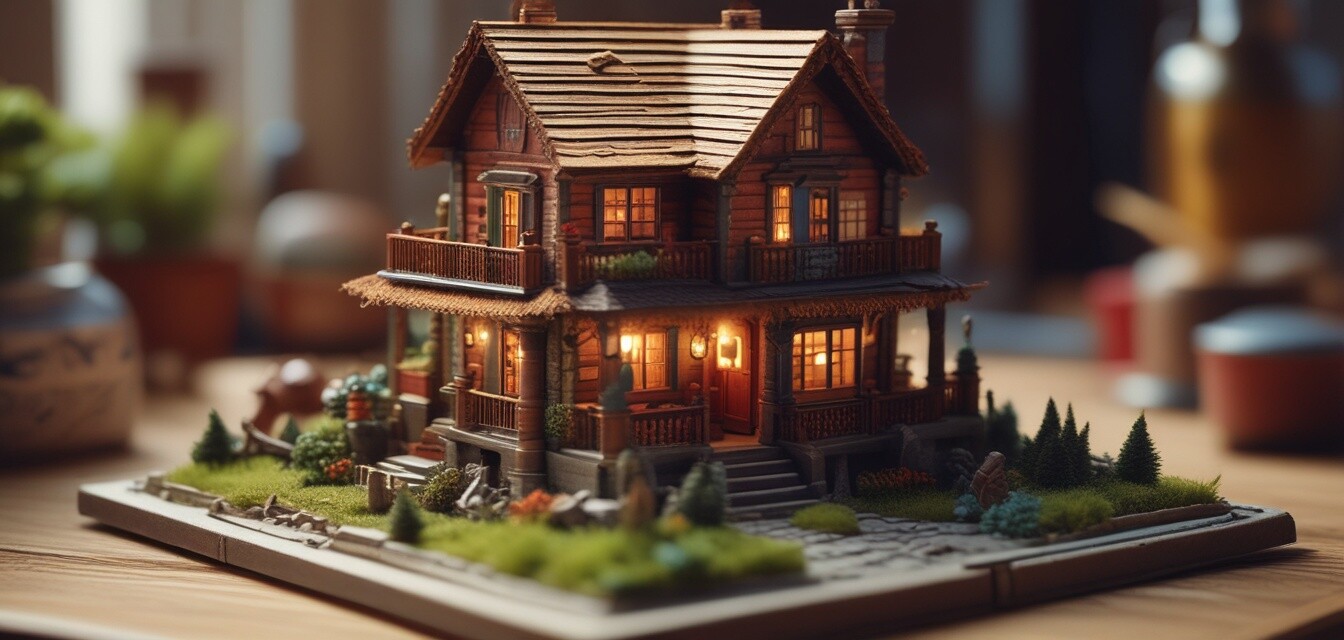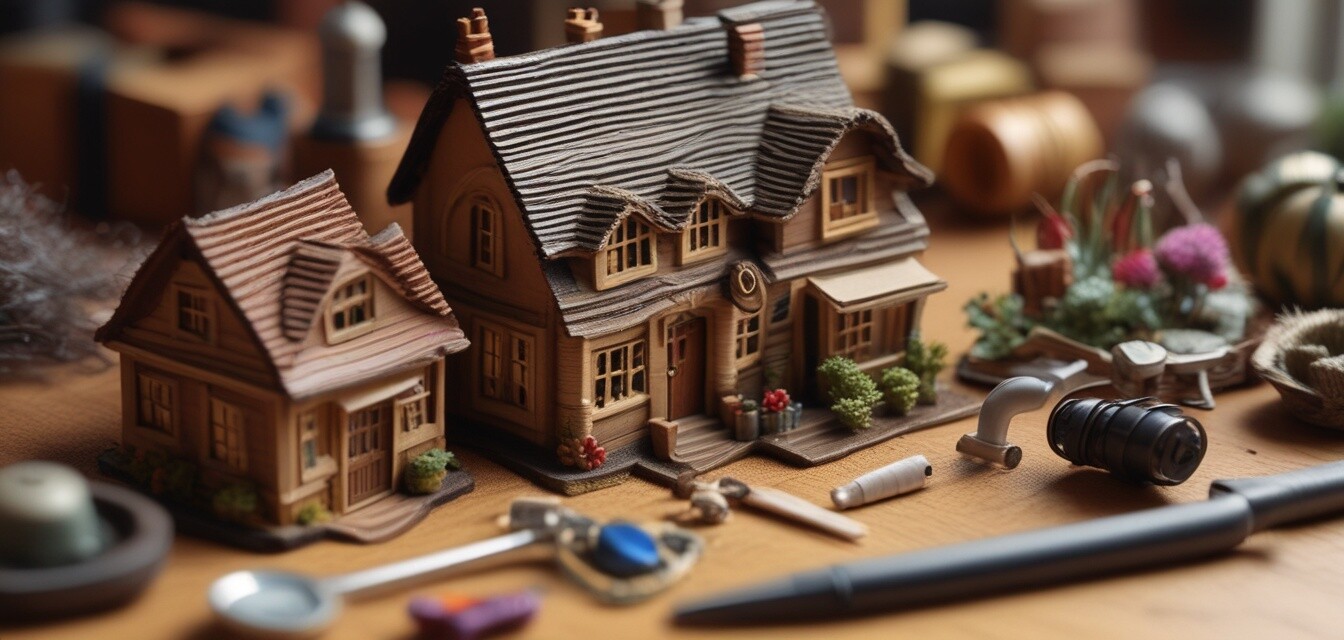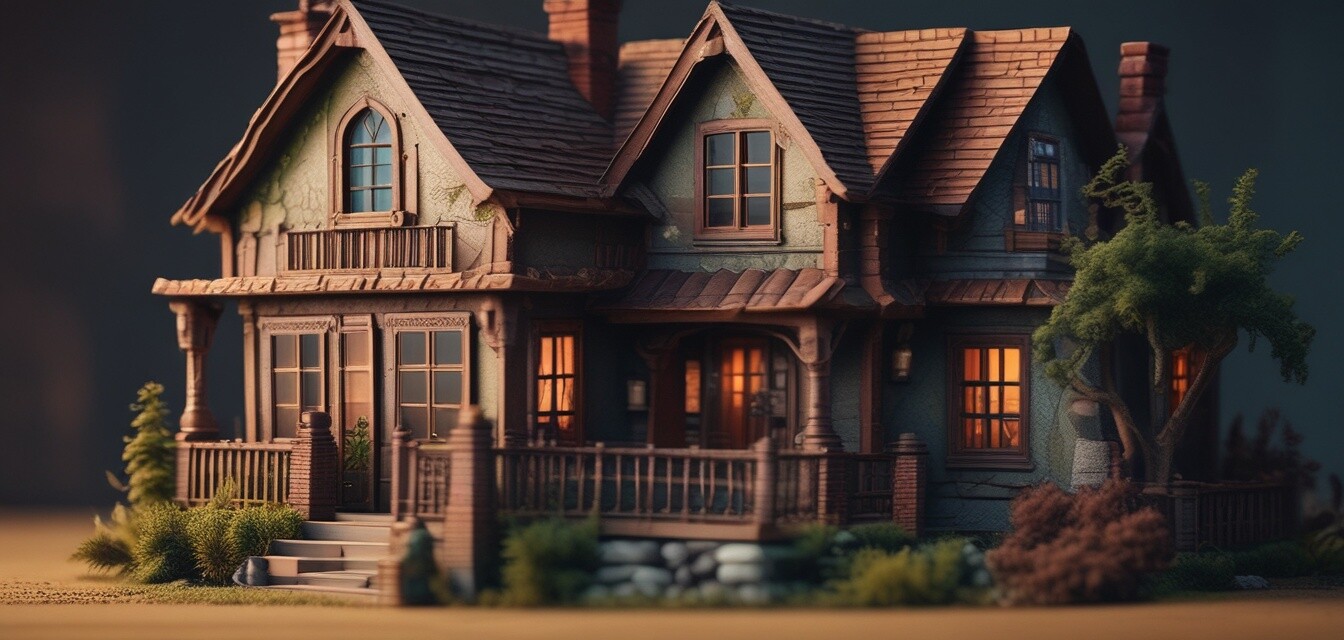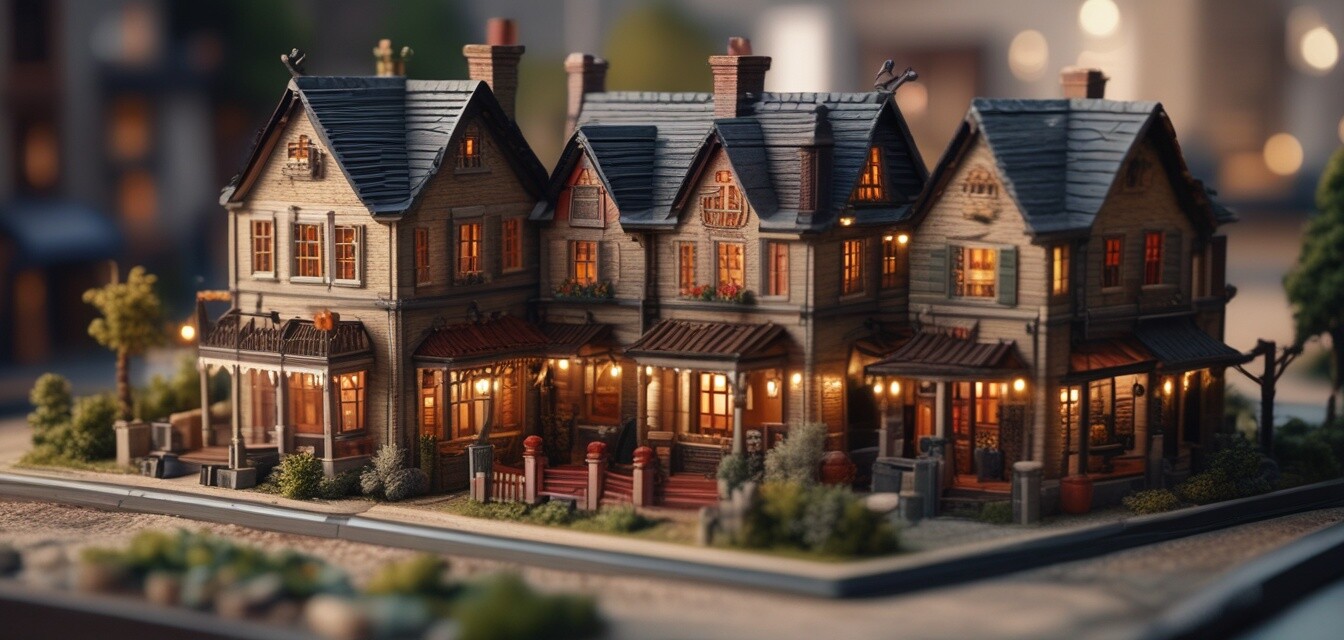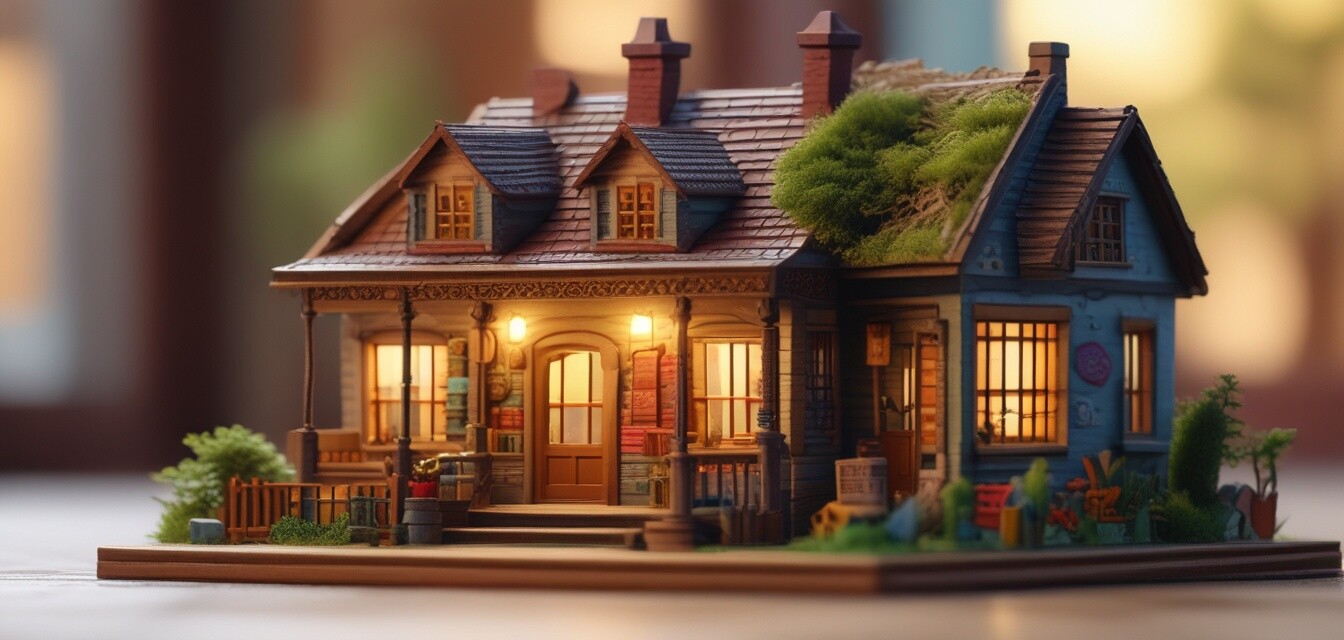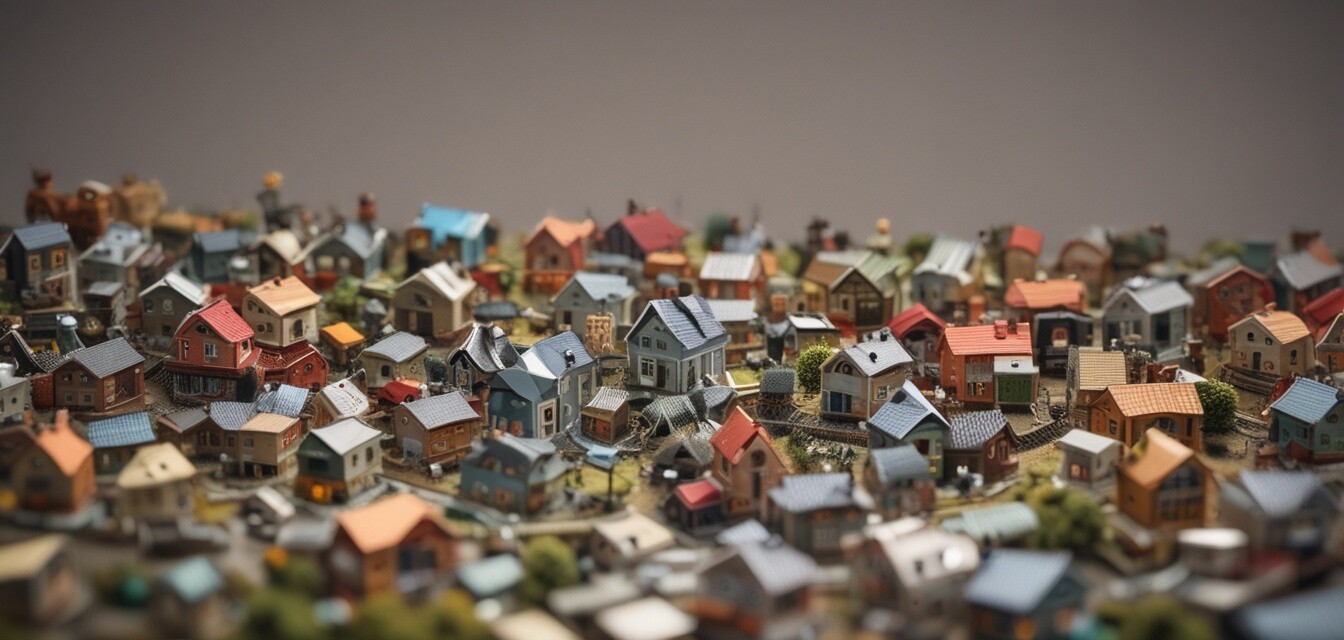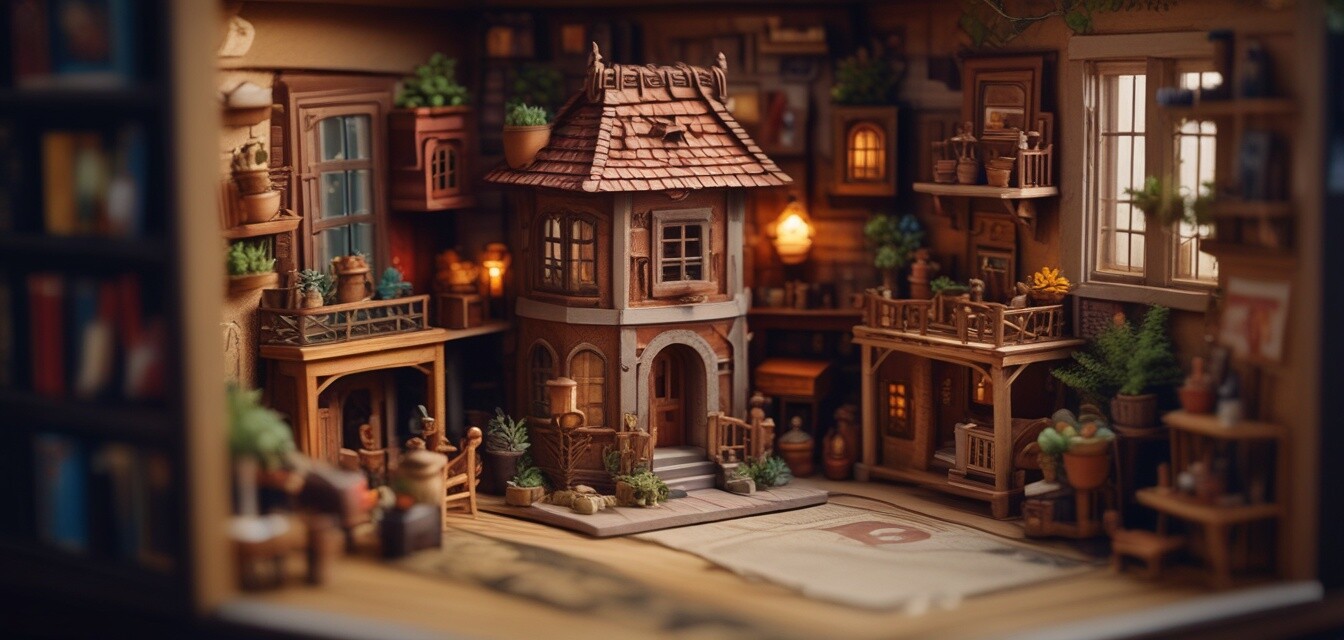
Materials Used in DIY Miniature House Kits
Key Takeaways
- DIY miniature house kits utilize materials like wood, plastic, and paper.
- Understanding these materials helps crafters choose the right kits based on their skill level.
- Different materials affect the appearance and durability of the final product.
DIY miniature house kits have gained immense popularity among hobbyists and crafters. They offer a unique way to express creativity while developing fine motor skills. Understanding the materials used in these kits can help you make informed decisions when choosing the right one for your needs. In this article, we will explore the most common materials found in these kits, including wood, plastic, and paper.
Wood
Wood is one of the most popular materials in DIY miniature house kits. It provides durability and a charming aesthetic for the final structure. Here are some aspects of wood used in these kits:
| Type of Wood | Properties | Uses in Kits |
|---|---|---|
| Balsa Wood | Lightweight, easy to cut | Framework, walls |
| Plywood | Durable, holds up well | Structure, flooring |
| Hardwood | Sturdy, long-lasting | Detailing, furniture |

Advantages of using wood
- Natural look and feel
- Excellent for detailed craftsmanship
- Ability to sand and paint for personalization
Plastic
Plastic components are frequently used in DIY miniature kits due to their versatility and affordability. They can be molded into intricate shapes and sizes, making them ideal for various designs.
| Type of Plastic | Properties | Uses in Kits |
|---|---|---|
| ABS | Strong, impact-resistant | Furniture, accessories |
| Polyethylene | Flexible, lightweight | Landscaping, décor |
| Polyester | Durable, UV-resistant | Roofing, façade |

Advantages of using plastic
- Lightweight and easy to handle
- Water-resistant and durable
- Cost-effective option for detailed designs
Paper
Paper is another common material in DIY miniature house kits, often used for decorative elements and structural layering. It adds a personal touch to the models.
| Type of Paper | Properties | Uses in Kits |
|---|---|---|
| Cardstock | Thick, durable | Walls, roofs, printed elements |
| Origami Paper | Flexible, colorful | Small details, decorations |
| Craft Paper | Textured, versatile | Texturing, layering |

Advantages of using paper
- Allows for creative designs and patterns
- Lightweight and easy to cut
- Inexpensive material that can be found easily
Combining Materials
Many DIY miniature house kits combine wood, plastic, and paper to create a more realistic and engaging final product. The combination of materials allows crafters to take advantage of the unique properties of each type.
Benefits of Material Combinations
- Enhanced durability and aesthetics
- Creative flexibility
- Ability to create realistic details and textures
Choosing the Right Kit
Selecting the right DIY miniature house kit is crucial for an enjoyable crafting experience. Consider the following factors:
- Your skill level: Beginners may prefer kits with simpler materials like plastic and cardboard.
- The complexity of the design: More intricate kits may require advanced skills and tools.
- Material preferences: Consider which materials you're comfortable working with.
For more information on beginners' kits, check out our beginner-friendly kits page. If you prefer compact designs, explore our compact DIY kits.
Conclusion
Understanding the various materials used in DIY miniature house kits can significantly enhance your crafting experience. Whether you choose wood, plastic, or paper, each material contributes uniquely to the final creation. By selecting the right materials suited for your skill level and desired complexity, you can immerse yourself in the rewarding world of miniature crafting.
Tips for Beginners
- Start with beginner-friendly kits that require minimal tools.
- Read reviews and product descriptions to understand the materials used.
- Don’t hesitate to ask for advice from experienced crafters.
Pros
- Encourages creativity and fine motor skills.
- Offers a variety of designs suited for different tastes.
- Materials are often eco-friendly and safe to use.
Cons
- Some kits can be challenging for beginners.
- Quality of materials may vary between brands.
- Costs can add up with more elaborate kits.
